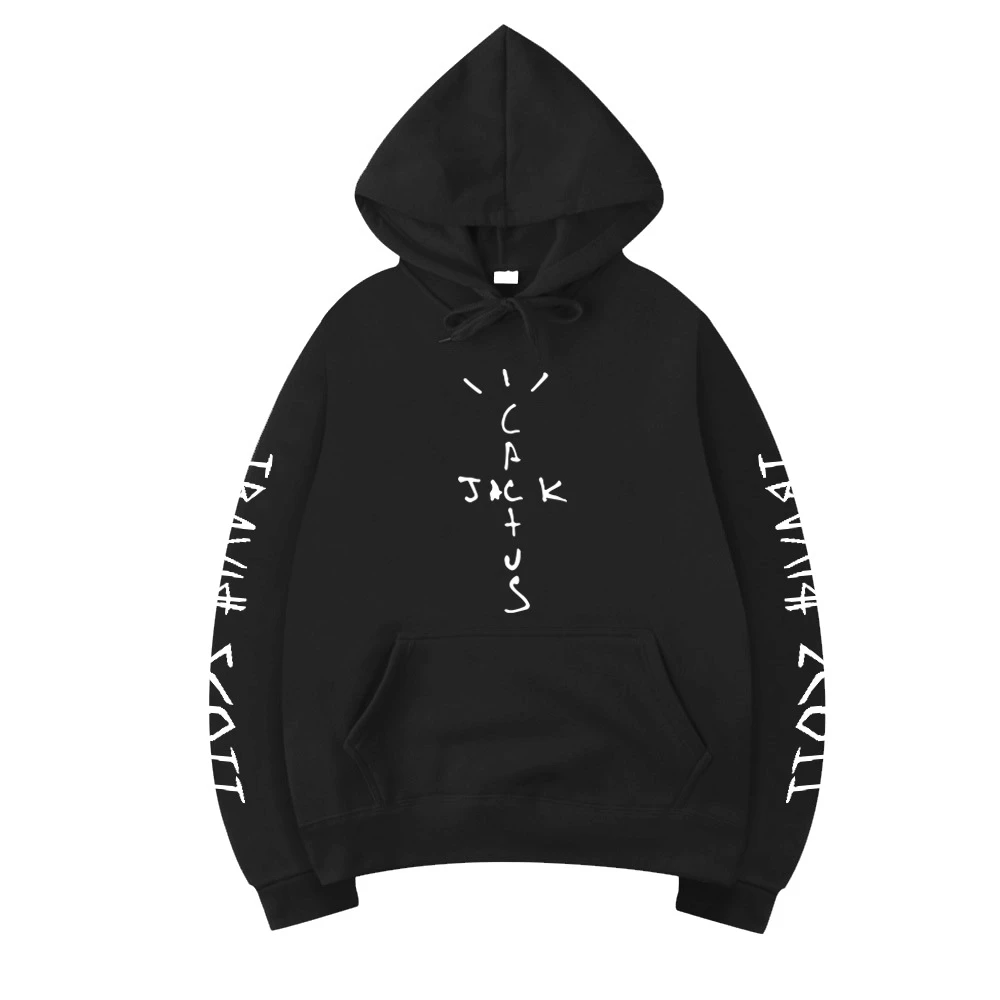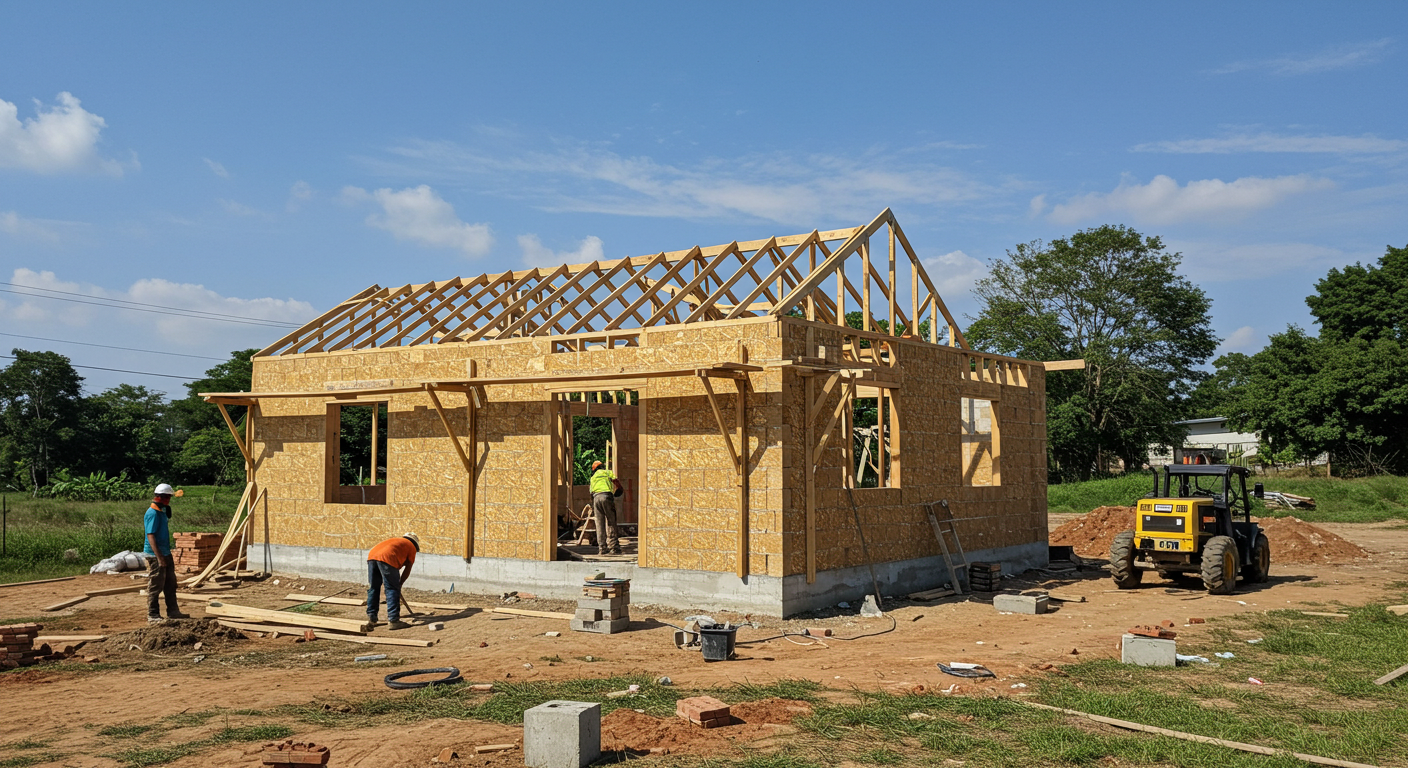The most affordable way of building a house in the U.S. is by not only keeping the design simple and cutting the square footage, but also by using building methods that are cost-effective, such as prefab, modular, or container homes. By combining affordable materials, efficient planning, and smart labor choices, you can reduce your construction cost to 20–40% compared to traditional custom homes.
It is possible to build a home without going over budget and still keeping comfort and safety. This is a process that requires you to do very detailed planning, have a realistic view of things, and exercise financial discipline. At the planning stage, a Clear construction cost estimation helps you to figure out which cost-saving strategies will suit your lifestyle and location if you are thinking of a tiny home, barndominium, or just a smaller traditional build.
Choosing the Right Design
Keep the Layout Simple
Squares or rectangles are the cheapest floor plans from the building point of view because with these, you do not have any wasted space, and labor-intensive cuts would be minimal. A complex layout that has curves or irregular angles will cost you substantially to get built.
Build Smaller Homes
Lowering the square footage is the most effective single way to reduce the total costs. A smaller home is a reason for less foundation, fewer materials, and lower long-term energy bills. A lot of budget-conscious homeowners in the U.S. usually decide to live in homes measuring between 600 and 1,200 sq. ft.
Consider Tiny Houses
Tiny houses are often under 400 sq. ft. and thus are among the most affordable options. With them, you need less land, fewer materials, and the labor load is also less. They are not suitable for every family, as a matter of fact, but still, they give the option of living in a compact, sustainable way with very low initial costs.
Cost-Effective Building Methods
Modular and Prefabricated Homes
Modular homes are built in factories and put together at the location, which makes the process shorter and less expensive. The cost of the homes can be 10–25% lower than that of regular stick-built houses, due to the efficient bulk production.
Shipping Container Homes
Repurposed steel containers remain the primary material in the production of affordable and reliable homes. By the use of insulation and appropriate modifications, container homes present contemporary living, which is less than half the usual price of standard homes. They are quite trendy to the customers who are of the opinion to own minimal yet earth-friendly houses in the first place.
Kit Homes
Everything required, as well as the plans to make the home, are all materials included in kit homes and are shipped directly to your lot. You can make the assembly on your own, or if you want, you could get a contractor to help you, which is the easiest and the most bank-saving choice.
Alternative Housing Styles
Barndominiums
They were initially barns that have been converted into barndominiums, combining large open living spaces with simple steel framing. They are widely spread in American farmlands, giving the buyers the option to obtain the extensive durability and flexibility, but at half the price of traditional houses.
Pole Barn Houses
The key feature is that the main structural support in these homes is made of large wooden poles. The buildings are cheap to construct, and any flat plan with a large open space can be easily accommodated this way.
A-Frame Houses
The genius of the A-frame is that it makes use of the triangular shape to provide natural strength to the structure. At the same time, it needs fewer materials for the roofing part, and the snow accumulation on the roof can be easily done in wintery regions.
Log Cabins
When timber is locally available, log cabins are an option that is a budget-friendly option. Meanwhile, the pre-cut kits help unpack the process while not compromising on vintage charm.
Straw Bale Construction
Straw bales serve as both the frame of the house and the insulation. This green way is still, in most cases, the cheapest in those places with cheap and abundant straw, in which it has become a rural method of construction.
Mud or Adobe Homes
Adobe homes are energy-efficient and cheap when they are made with locally sourced materials in hot and dry American climates like New Mexico or Arizona.
Materials and Construction Savings
Use Local Materials
Sourcing locally sourced stone, wood, or concrete will not only lower transport costs but also support local community suppliers.
Reclaimed and Salvaged Materials
Material repurposing, like old barn wood, metal roofing, or recycled bricks, can shrink the costs to an enormous extent while giving the product a unique feature.
Affordable Roofing
Asphalt shingles and metal roofing are the most reasonable, practical, and long-lasting alternatives to traditional roofing that cost a fraction of the price of slate or clay tiles.
Avoid Basements and Extra Floors
Single-story houses without basements are cheaper to build since they require less digging and reinforcement of the structure.
Minimalist Interior Finishes
Your budget will be under control if you decide not to use luxury finishing like granite countertops or marble floors. Simple alternatives like laminate or vinyl can still make your house look contemporary.
Long-Term Efficiency
Energy-Efficient Design
The proper insulation, daylight, and passive ventilation are the main factors that save you money on energy bills over time. An efficient home usually costs a bit more upfront, but the payback will be very soon.
Prefab Panels and Precast Concrete
The use of factory-made panels or blocks for the construction significantly shortens the time of the build, decreases the amount of waste, and lowers the labor cost.
Optimized Space Planning
The open floor plans that are very popular nowadays eliminate the need for extra walls and doors, and therefore, both material and labor expenses are reduced.
Affordable Flooring Choices
Polished concrete, vinyl planks, and laminate flooring are the best alternatives that are low-cost, provide durability, and are friendly to your wallet if you compare them to hardwood or stone.
Budget Management and Labor Choices
DIY Labor for Small Tasks
Painting, landscaping, and minor installations are the things that you can do by yourself to save the labor fees.
Hire a Cost-Effective Builder
Before you decide, always compare multiple contractors, check out their references, and negotiate the terms. In general, small local builders that are less than big construction companies usually charge less.
Build in Phases
Make the first step with the most important living spaces, then increase the number of rooms or extensions as your budget allows. This method of installment helps you to manage your finances without resorting to debt.
Choose Affordable Land
The costs of land in the U.S. are very different from one area to another. Thus, building a house far from an expensive urban center will make your total costs lower by thousands of dollars.
Cost Comparison Table
| House Type | Average Cost (per sq. ft.) | Key Advantage | Best For |
| Tiny House | $150 – $250 | Very low total cost, minimalist living | Singles, couples, retirees |
| Modular/Prefab Home | $100 – $200 | Fast build, efficient materials | Families, first-time homeowners |
| Container Home | $120 – $200 | Durable, eco-friendly, trendy | Young professionals, small families |
| Barndominium | $95 – $125 | Open layouts, inexpensive structure | Rural families, hobby farmers |
| Pole Barn House | $80 – $100 | Very affordable, large spaces | Rural housing, workshops |
| A-Frame House | $100 – $150 | Efficient roofing, simple construction | Vacation homes, snow regions |
| Log Cabin | $125 – $175 | Rustic style, cost-effective with timber | Forested areas, vacation cabins |
Conclusion
Constructing the least expensive house available does not necessarily imply that you will live in discomfort; it merely indicates being strategic. Through the processes of design simplification, investigation of non-traditional housing styles, selection of economical materials, and labor management taking place in the most prudent way, the American people can go a long way in reducing the cost of housing while still getting to own their dream house. The decision to have a small home, prefabricated design, or barn house, and having a good plan will guarantee that the house will not only be affordable but will also last for years.
FAQs
1. What is the absolute cheapest type of house to build?
Pole barn houses and barndominiums are among the cheapest, often costing under $100 per sq. ft.
2. Is it cheaper to buy or build a house in the U.S.?
In many urban markets, buying is cheaper, but in rural or suburban areas, building can be more affordable if you use cost-saving methods.
3. How much does a basic small house cost to build?
A simple 1,000 sq. ft. house can be built for $100,000–$150,000 using prefab or modular methods.
4. Can I build my own house without a contractor?
You can DIY portions like painting, flooring, or landscaping, but skilled trades like electrical and plumbing require licensed professionals.
5. What’s the biggest mistake to avoid when building cheaply?
Never compromise on structural integrity or safety. Saving money is important, but cutting corners on foundations, roofing, or insulation leads to long-term problems.






